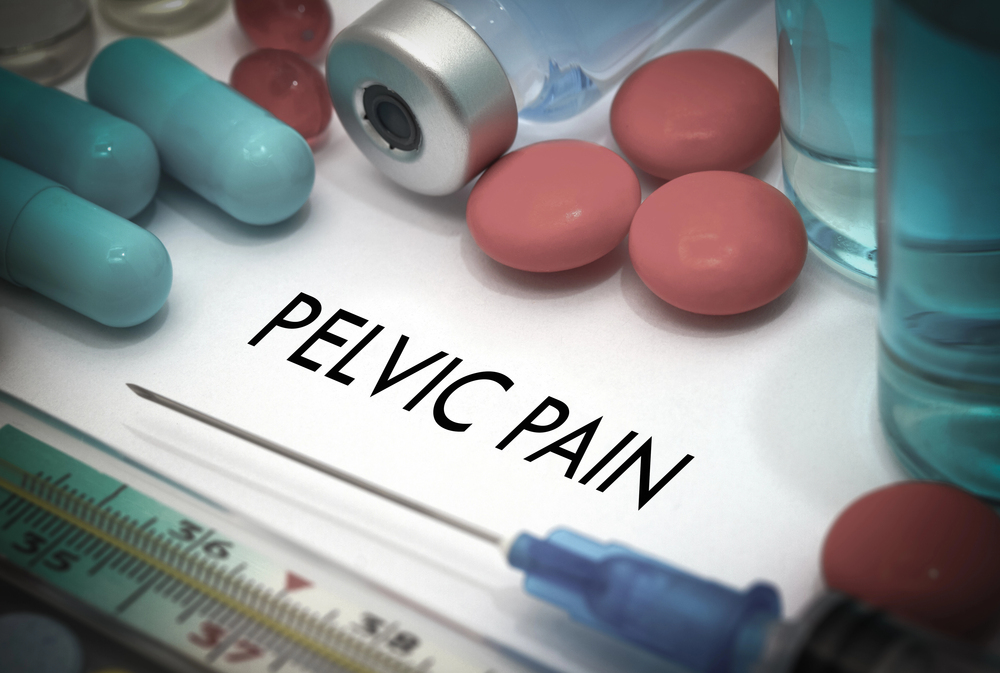
Occasional discomfort in the pelvic region is inconveniently painful. If that pain becomes chronic, the inconvenience of it takes a backseat to misery. Chronic pelvic pain could be an indicator of a more serious urological condition. Even if you can grin and bear the pain, it shouldn’t be ignored!
Causes and Symptoms
Chronic Pelvic Pain in Men
Chronic Prostatitis/Chronic Pelvic Pain Syndrome (CP/CPPS) is one of the most common urological conditions affecting men under the age of 50. In fact, 10-15% of the male population in the U.S. are currently suffering. Meanwhile, the exact cause of CP/CPPS is still not fully understood. Researchers have their educated theories, though, including urinary tract infections (UTI), nerve damage in the pelvic area, and food sensitivities.
Those who are suffering from chronic pelvic pain could be experiencing the pain spread throughout the pelvic area or in one localized spot at a time. The pain could rear its ugly head anywhere in the pelvic area, from scrotum to abdomen and everywhere in between. It could come and go suddenly or take its miserable time. Some common symptoms include:
- pain in the urethra and/or penis during or after urination
- sudden urinary urgency
- the need to urinate 8 or more times a day
- weak or interrupted urine stream
- pain during or after ejaculation
If your symptoms are accompanied by fever, chills, nausea, vomiting, a burning feeling during urination, blood in the urine, or the inability to urinate at all, seek immediate medical care.
Chronic Pelvic Pain in Women
The causes of chronic pelvic pain can vary from men to women. It’s difficult to pinpoint how many women suffer because it can be misdiagnosed as a number of other conditions. Studies guesstimate that roughly 15% of women of childbearing age live with chronic pelvic pain, many suffering with a nearly debilitating case.
The presentation of the pain is similar in women as in men. It can be spread out or localized, and it can come and go or stick around for awhile. Some women experience the pain during their menstrual period while others will feel it when they need to urinate. Still others will be in pain when they lift something heavy. If the pain is localized in the vulva, it’ll wreak its havoc during sex or when using a tampon.
Several different urological conditions could be at play, including but not limited to:
- Interstitial Cystitis: a condition caused by an inflamed bladder and usually affects women in their 30s and 40s. Symptoms include frequent urination, painful urination, and pain during sex.
- Urinary Tract Infections: a common bacterial infection with symptoms that include pelvic pressure, pain during urination, and cloudy or bloody urine.
- Pelvic Inflammatory Disease: often a result of a sexually transmitted bacterial infection, this disease results in the inflammation of the ovaries, uterus, or fallopian tubes. Symptoms include vaginal discharge, irregular and missed periods, and pain during ovulation.
- Endometriosis: a condition that occurs when tissues that typically belong inside the uterus grow elsewhere in the body, often in the pelvic area. Pain and infertility are the most common symptoms.
- Uterine Fibroids: an overgrowth of muscle cells (noncancerous tumors) within the uterus wall. They can cause frequent urination, difficulty defecating, lower back pain, and heavy, irregular, or painful periods.
Treatments
Just like the causes of pelvic pain varies, treatments do as well. Some of the pathways for treatment are:
- Antibiotics
- Anti-inflammatory medications
- Warm water bath
- Exercise for increased blood flow
- Quitting smoking
- Diet changes
- Relaxation techniques such as yoga or meditation
The only way to get to the root of the issue of chronic pelvic pain is to set up an appointment with a trusted urologist. Urology Associates of South Bend offers the latest and most advanced treatment options, both surgical and non-surgical. Through the right treatments and practices, your chronic pelvic pain can be managed and treated. Contact us today!